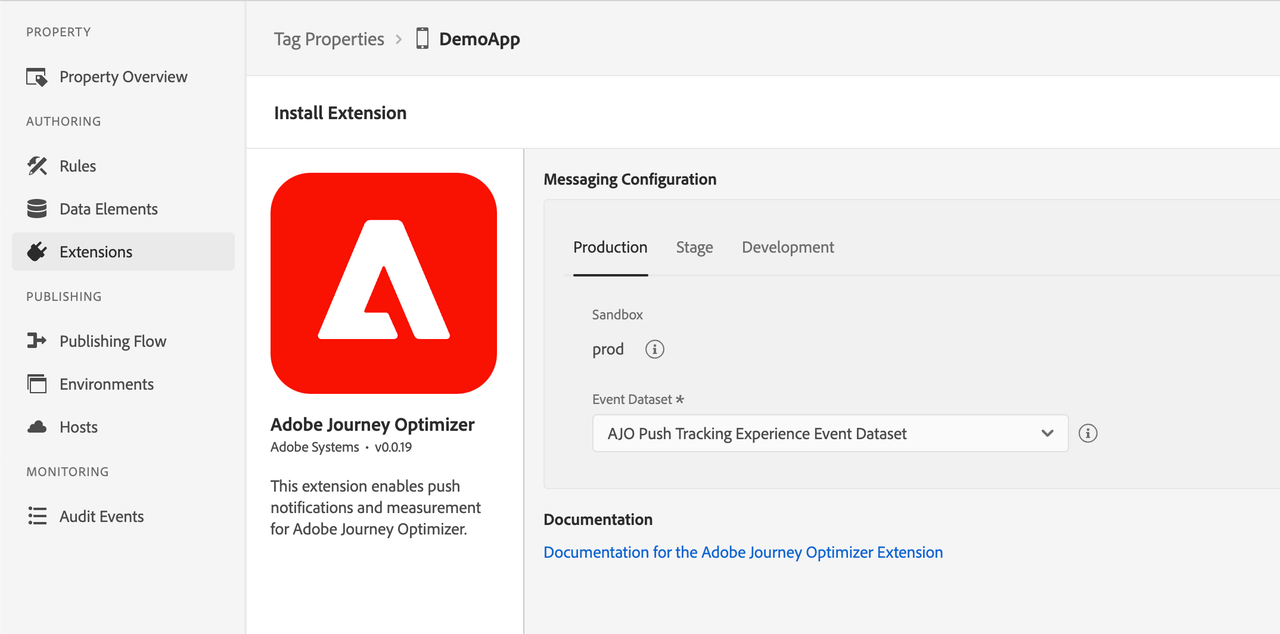
Adobe Journey Optimizer: Complete Buyer's Guide
Enterprise journey orchestration platform delivering AI-powered personalization through unified customer data and real-time decisioning across all digital touchpoints.
Adobe Journey Optimizer represents Adobe's flagship enterprise customer journey orchestration platform, built on the Adobe Experience Platform foundation to deliver AI-driven personalization across digital touchpoints[118][121][131]. The platform combines real-time customer data processing with sophisticated journey automation capabilities, targeting large-scale organizations requiring complex, multi-channel customer experience management.
Market Position & Maturity
Market Standing
Adobe Journey Optimizer operates within Adobe's established Experience Cloud ecosystem, benefiting from the company's strong market position in enterprise marketing technology. Adobe's market presence provides stability and long-term viability assurance for enterprise buyers evaluating platform investments[122][126].
Company Maturity
The platform represents a significant component of Adobe's broader customer experience management strategy, indicating continued development and support commitment.
Industry Recognition
Industry recognition includes favorable placement in various industry analyses, though current competitive standings require verification through updated research.
Longevity Assessment
Long-term viability appears strong given Adobe's market position and continued investment in Experience Platform capabilities.
Proof of Capabilities
Customer Evidence
Signify's Measurable Success provides the most concrete evidence of Adobe Journey Optimizer's capabilities. The company achieved 20% higher email open rates through unified IoT device data integration with transactional systems, demonstrating the platform's strength in data unification and personalization when properly implemented[131].
Quantified Outcomes
Signify achieved 20% higher email open rates through unified customer profile capabilities[131].
AI Technology
Adobe Journey Optimizer's technical foundation centers on Real-Time Customer Profile capabilities that aim to unify data from online and offline sources for dynamic segmentation based on behavioral triggers[118][121][131].
Architecture
The platform processes customer interactions through sophisticated data processing layers built on Adobe Experience Platform, though practical deployment faces substantial data integration challenges in most implementations.
Primary Competitors
Adobe Journey Optimizer competes in the enterprise customer journey orchestration segment against platforms like Salesforce Marketing Cloud, Oracle Responsys, and specialized solutions such as Braze and Klaviyo[122][126].
Competitive Advantages
Competitive strengths center on native Adobe Experience Platform integration, which potentially reduces middleware requirements and integration complexity for organizations already invested in Adobe's ecosystem.
Market Positioning
Market Positioning Context shows Adobe receiving favorable placement in industry analyses, though current competitive standings require verification through updated research[128][130][135].
Win/Loss Scenarios
Win/Loss Scenarios favor Adobe when organizations have existing Adobe ecosystem investments, require sophisticated cross-channel orchestration capabilities, and possess technical resources for complex implementation.
Key Features

Pros & Cons
Use Cases
Pricing
Featured In Articles
Comprehensive analysis of AI Content Distribution for AI Marketing & Advertising for AI Marketing & Advertising professionals. Expert evaluation of features, pricing, and implementation.
How We Researched This Guide
About This Guide: This comprehensive analysis is based on extensive competitive intelligence and real-world implementation data from leading AI vendors. StayModern updates this guide quarterly to reflect market developments and vendor performance changes.
136+ verified sources per analysis including official documentation, customer reviews, analyst reports, and industry publications.
- • Vendor documentation & whitepapers
- • Customer testimonials & case studies
- • Third-party analyst assessments
- • Industry benchmarking reports
Standardized assessment framework across 8 key dimensions for objective comparison.
- • Technology capabilities & architecture
- • Market position & customer evidence
- • Implementation experience & support
- • Pricing value & competitive position
Research is refreshed every 90 days to capture market changes and new vendor capabilities.
- • New product releases & features
- • Market positioning changes
- • Customer feedback integration
- • Competitive landscape shifts
Every claim is source-linked with direct citations to original materials for verification.
- • Clickable citation links
- • Original source attribution
- • Date stamps for currency
- • Quality score validation
Analysis follows systematic research protocols with consistent evaluation frameworks.
- • Standardized assessment criteria
- • Multi-source verification process
- • Consistent evaluation methodology
- • Quality assurance protocols
Buyer-focused analysis with transparent methodology and factual accuracy commitment.
- • Objective comparative analysis
- • Transparent research methodology
- • Factual accuracy commitment
- • Continuous quality improvement
Quality Commitment: If you find any inaccuracies in our analysis on this page, please contact us at research@staymodern.ai. We're committed to maintaining the highest standards of research integrity and will investigate and correct any issues promptly.